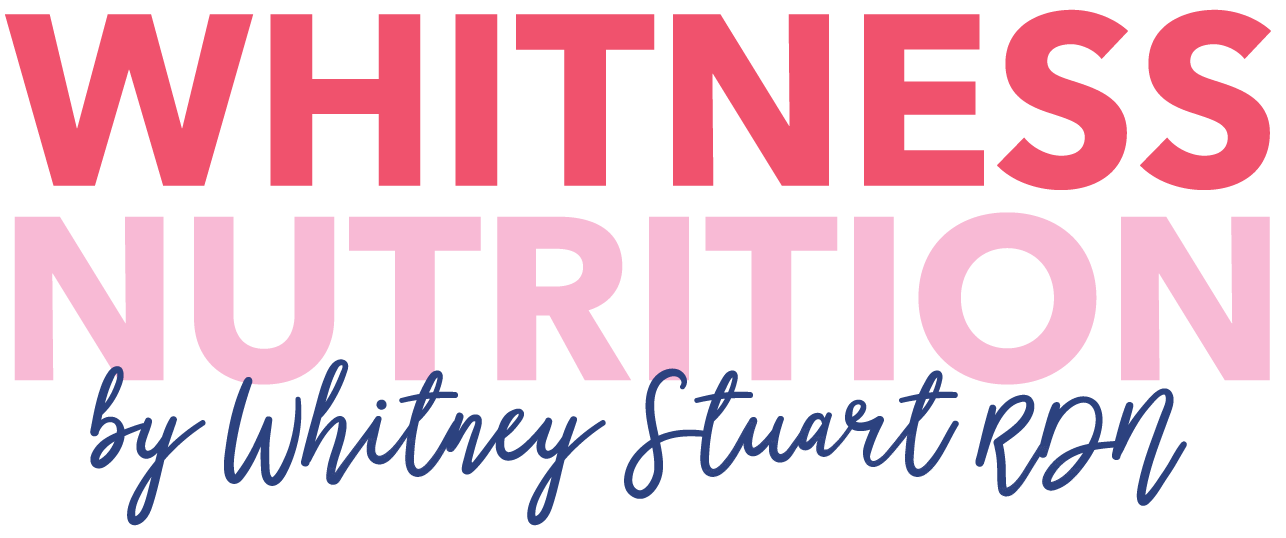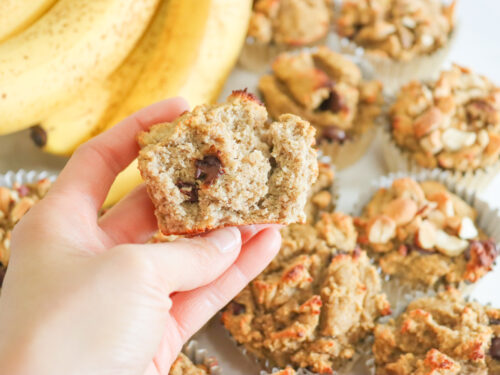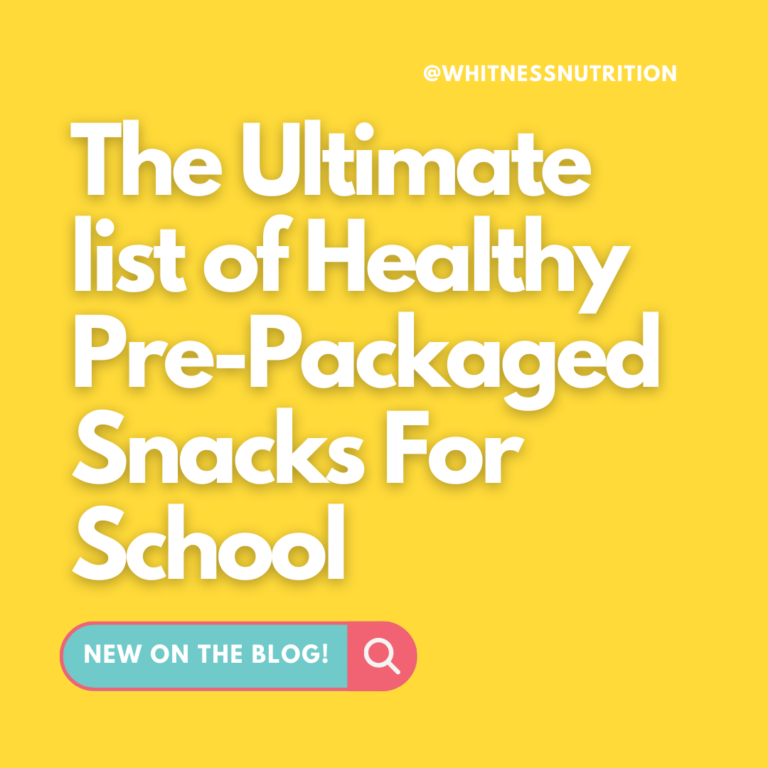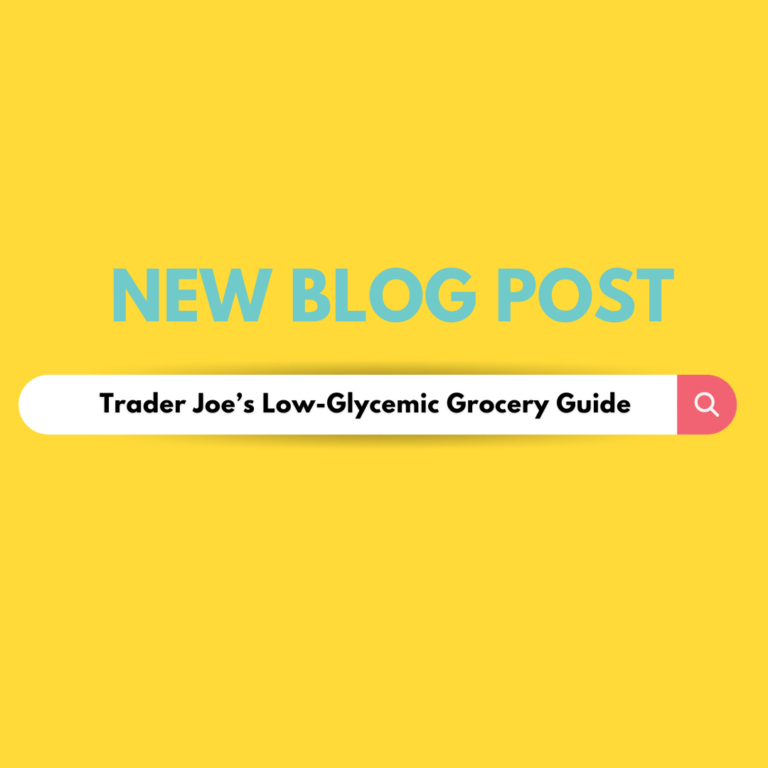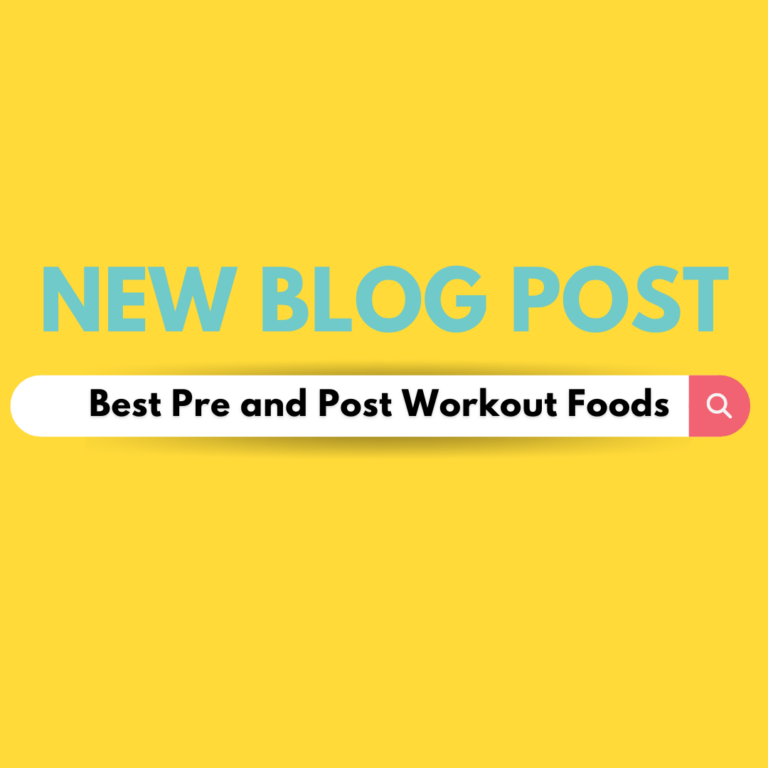Yummy Banana Recipe to Win the Weight Loss Challenge!
Trying to lose weight while juggling work, kids, and travel snacks can be quite challenging. Do you control the lever? The quality and pairing of the food are crucial. Whole foods with smart macros steer appetite, energy, and blood sugar so you can stay consistent. Despite the negative reputation of bananas, a banana recipe can aid in weight loss when included in balanced, high-protein meals.
They’re convenient, portable, and rich in fiber with real health benefits, especially when you pair them with protein and fat instead of adding sugar. Today, I’m sharing one of my favorite banana recipes that satisfies a sweet craving without causing a crash. It’s built for busy mornings and post‑workout refuels, and it plays nicely with the rest of your fruits and vegetables. We’ll talk about why bananas work, when to eat them, and how to build a better plate. Then you’ll get a step‑by‑step banana recipe you can use this week—simple, satisfying, and kid‑friendly.
Banana Recipe for Weight Loss: PB‑Choco Protein Mug Muffin (2 Minutes, No Blender)
Bananas alone are mostly carbs, but pair them with protein and healthy fats, and they become a clutch tool—quick, satisfying, and low‑mess. The recipe below hits all the boxes: high‑protein, low‑glycemic, and rich in fiber, designed to calm a sweet craving without adding sugar.
It also doubles as a road‑trip breakfast or an evening dessert that won’t wreck blood sugar. Bonus: I’ve included a “banana drink” variation for smoothie lovers and for busy mornings with only a microwave in sight. Please regard this as one of those banana recipes you’ll find yourself making frequently due to its simplicity and portability.
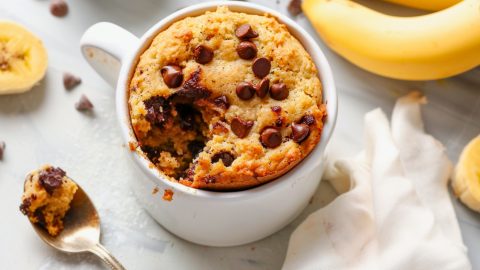
PB‑Choco Protein Mug Muffin
Ingredients (serves 1):
- Small ripe banana, mashed well (1)
- Large egg (or 3 tbsp liquid egg whites) (1)
- Natural peanut butter (1 tbsp)
- 1 scoop vanilla or unflavored protein powder
- 2 tbsp rolled oats or 1½ tbsp oat flour (or 1 tbsp ground flaxseed)
- ½ tsp baking powder, pinch cinnamon, tiny pinch salt
- 1 tbsp dark chocolate chips (optional)
- 1–2 tbsp milk or water, as needed for batter
Instructions for a banana recipe:
Step 1. In a large microwave‑safe mug, mash the banana until smooth. Whisk in egg, peanut butter, and protein powder.
Step 2. Stir in oats (or flax), baking powder, cinnamon, and salt. Fold in chocolate chips. Add a splash of liquid to reach a thick‑pourable batter.
Step 3. Microwave 60–90 seconds until set but still moist; rest 1 minute. Top with Greek yogurt or a ½ tbsp extra peanut butter if desired.
Why it works: Protein + fiber slows digestion, helping support weight loss and steadier sugar levels. Portion‑controlled, no oven, zero fuss.
Banana drink option: Blend 1 small banana, 1 cup unsweetened milk, 1 scoop protein powder, 1 tbsp peanut butter, 1 tbsp chia, ice, and a few chocolate chips on top. The same flavors are available in a sipable format.
Make it yours: Add chopped nuts for crunch or extra flax to boost fiber; go dairy‑free by skipping yogurt. If you prefer cooler sweets, chill the cooked muffin, cube it, and layer with berries for a high‑protein parfait. It’s fast, budget‑friendly, and kid‑approved—travel‑kitchen perfection.
Are Bananas Good for Weight Loss
Short answer: yes—when you treat them as a smart carb paired with protein and fat. Here’s why.
Rich in Fiber for Fullness
A small banana provides soluble fiber and pectin, which slow digestion, help you feel satisfied, and reduce the urge to snack. That can support weight loss without white‑knuckle hunger.
Resistant Starch in Greener Fruit
Slightly green bananas contain more resistant starch, which behaves like fiber and may blunt post‑meal blood sugar. As bananas ripen, more starch converts to sugar, so choose yellow with green tips on busy days.
Portable, Pre‑Portioned Energy
Bananas come in their own wrapper, travel well, and portion control is built‑in. Pair with peanut butter, Greek yogurt, or a scoop of protein powder to steady sugar levels.
Versatile for Balanced Plates
From mug muffins to a banana drink smoothie, bananas plug into high‑protein meals and snacks, satisfy a sweet craving, and bring potassium and other health benefits.
When to Eat a Banana for Weight Loss
Experts agree: timing is flexible, pairing is key. For most people aiming to lose weight, the best windows are breakfast, pre‑workout, or post‑workout—times when your body uses carbohydrate efficiently.
At breakfast, combine a small banana with 20–30 g protein (Greek yogurt, eggs, or a scoop of protein powder) and some fat (peanut butter, nuts, or chia). This slows digestion, steadies blood sugar, and keeps sugar levels from spiking and crashing.
Before a workout, a banana gives quick, portable fuel; pair with string cheese or a protein shake if you need more staying power. After training, the banana helps restock glycogen while protein repairs muscle—an ideal combo to support weight loss without the “hangry” rebound.
Evening isn’t off‑limits, but if nighttime snacking is your trigger, keep portions small and pair with protein. For sensitive tummies, slightly green bananas tend to be gentler and less sweet than fully ripe fruit, for some.
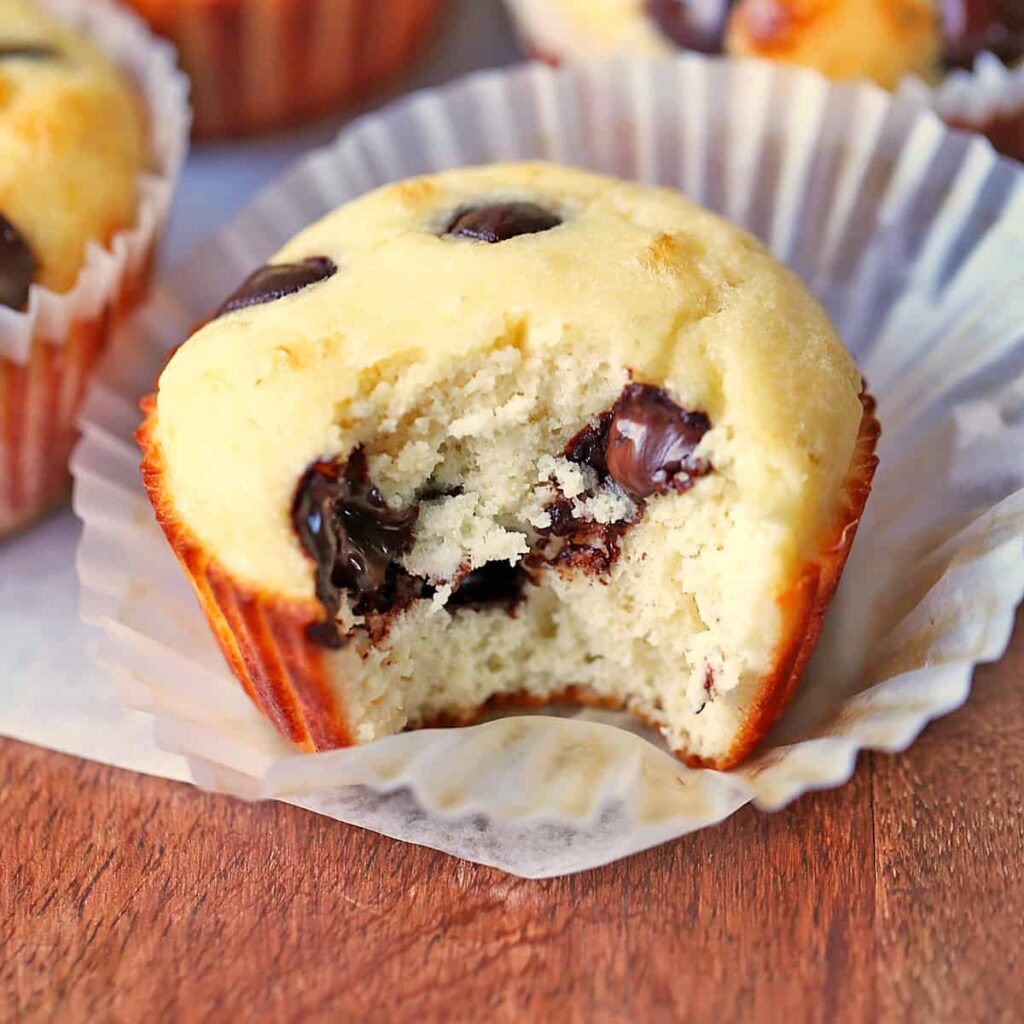
Which Banana Is Best For Weight Loss
Short version: choose small, slightly green bananas. Size matters for calories and carbs, and greener fruit offers more resistant starch (a fiber‑like carb that helps fullness and steadier blood sugar).
A small banana (~6 inches, ~100 g) provides roughly 90 calories, 23 g carbohydrate, 2–3 g fiber, and minimal fat. A medium banana (~118 g) jumps to ~105 calories and 27 g of carbohydrate. When bananas ripen, starch breaks down into sugars; flavor improves, but sugar levels rise and the glycemic impact nudges up.
For most goals, pick bananas that are yellow with a hint of green, or use half a medium banana in recipes. Pair with protein (Greek yogurt, eggs, or protein powder) and a little fat (peanut butter, nuts) to support weight loss and appetite control.
Special case: green banana flour (resistant‑starch‑rich) can reduce available carbs in baking, but use modest amounts and still prioritize whole fruits and vegetables.
Want a baked option? Try my lighter banana bread recipe for similar flavor and health benefits, still aligned with a plan to lose weight without drama.
Summary & Next Step (Work with Me)
Ready to turn this simple recipe into steady, sustainable changes? Work with me. Every 1:1 Nutrition Program includes a 45-minute initial consult, weekly 30-minute follow-ups, mastery of label reading, The Function of Food, Kitchen Confidence, and our Blood Sugar Bliss Method, plus a virtual pantry cleanout or grocery tour. You’ll get weekly personalized feedback, meal guides, eating‑out resources, targeted supplementation recommendations, and unlimited portal support with twice‑weekly feedback on logged meals, mood, and movement.
We also include a sample meal plan for one week and a personalized wellness plan. Add‑ons available: GI‑MAP stool testing, CGM prescriptions (Dexcom), supplements, and functional labs. Choose your format: 6- or 12-week individual care (or the NEW MetLab test bundle), the 8-week NourishMET group for female metabolism and fat loss, or self-paced diabetes and gestational diabetes courses with optional monthly 1:1s. Book a discovery call to match your goals and receive pricing with timing and next steps.
